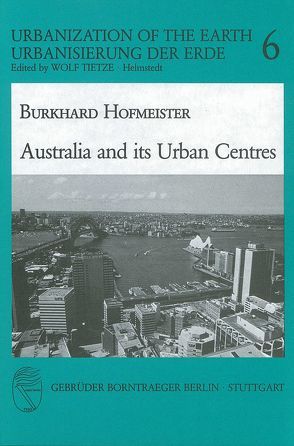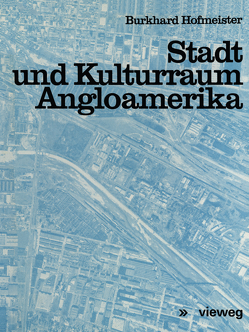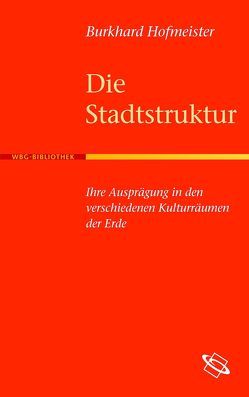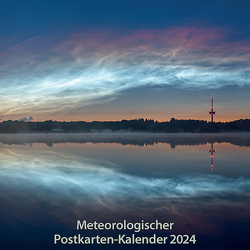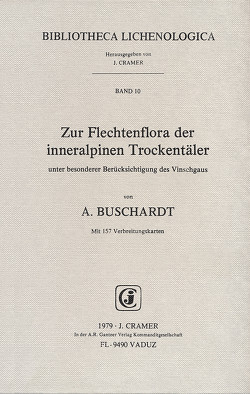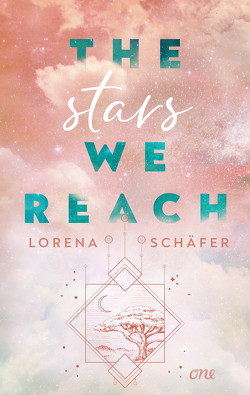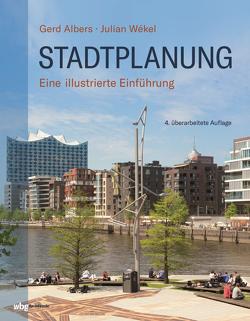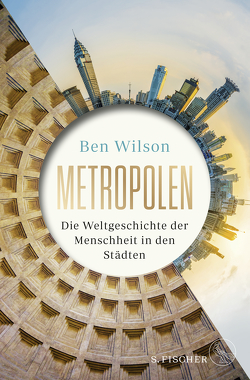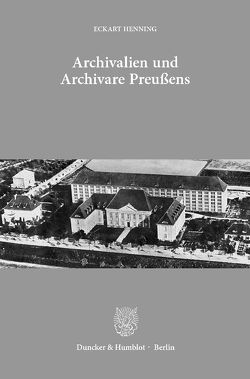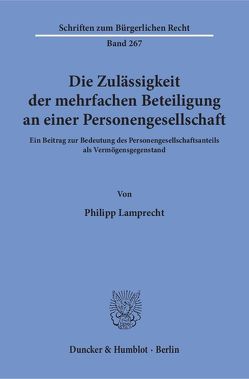Australia and its Urban Centres
Burkhard Hofmeister
There is hardly any country in the world more urbanized than Australia. But at the same time the distribution of urban places is extremely unbalanced. Slogans such as ?Sydney or the bush? and ?Australia is where most Australians don?t live? point to the fact that the vast majority of Australians can be found in an urbanized coastal strip of less than a hundred kilometres in width. The largest ?inland? town, Australia?s national capital city Canberra, is located only some 120 km from the coastline and grew to the size of a quarter million residents. Between 1788 and 1836 several attempts of colonization were made at various points along the coast, the earliest settlements being penal and convict settlements, whaling stations, military outposts or, in a few cases, pastoral settlements. Each of the colonies developed an urban network highly concentrated on its capital city that ? with the exception of Hobart in Tasmania and with reservations regarding Brisbane in Queensland ? assumed absolute primacy within its respective territory. The two big rivals, Sydney and Melbourne, grew to a size of three million residents each, followed by Adelaide, Brisbane and Perth with one million each. The category 50000 to 500000 is almost lacking in the urban hierarchy, whereas most of the third and fourth-order towns are service centres for their agricultural hinterland, isolated mining towns like Kalgoorlie or communication centres like Alice Springs. There is now evidence for the eventual development of a unified national urban system. Since World War II Australian cities changed considerably, this being mainly due to the government?s population and industrialization policy. The intake of three million immigrants, 60 per cent of whom were of non-British origins, made Australia a multi-cultural society. For various reasons these ethnic minorities did not form, as they had done in the United States, large ghetto-like quarters in the inner residential zone. In the wake of industrialization policy some new towns developed, whereas the growth-pole policy of the 1970s was destined to complete failure. The fastest growing places are resort towns such as the City of the Gold Coast south of Brisbane and new mining and port towns in such areas as the ore mining region of the Pilbara in Western Australia. Home ownership is very high and residential densities are rather low. These and other traits make Australian cities a cultural-genetic type in its own right. This book, based on the author?s intensive research during the last decade, is the firsttext to deal with all these aspects: the making of urban Australia, the major features of individual cities and towns and the cultural-genetic type of the Australian city. Of interest to: geographers, especially in the field of population and settlement geography, agricultural and economic geography, transportation geography and historical geography; ethnographers, linguists, travel and transportation specialists, politicians, specialists in economic policy, cartographers, historians and their institutions, scientific libraries.
